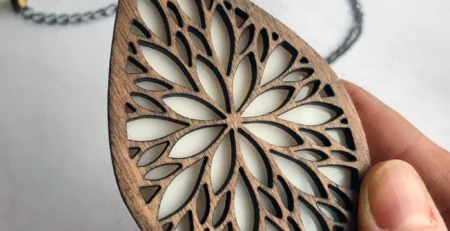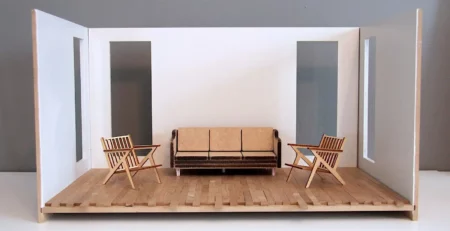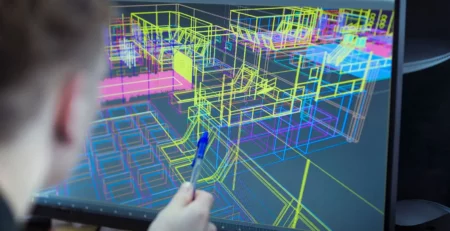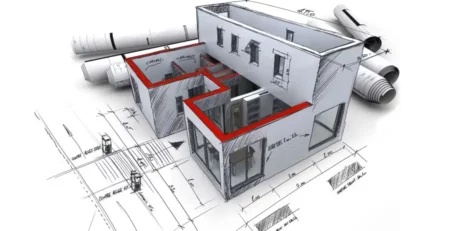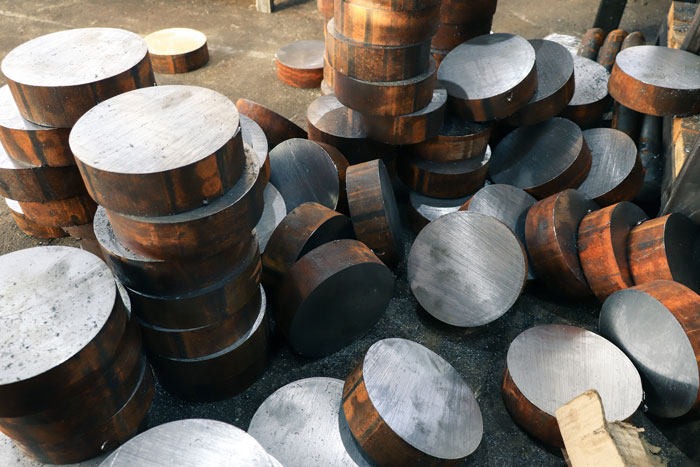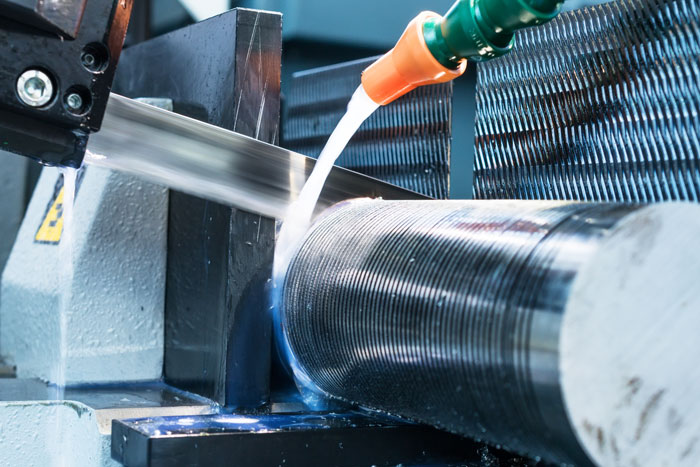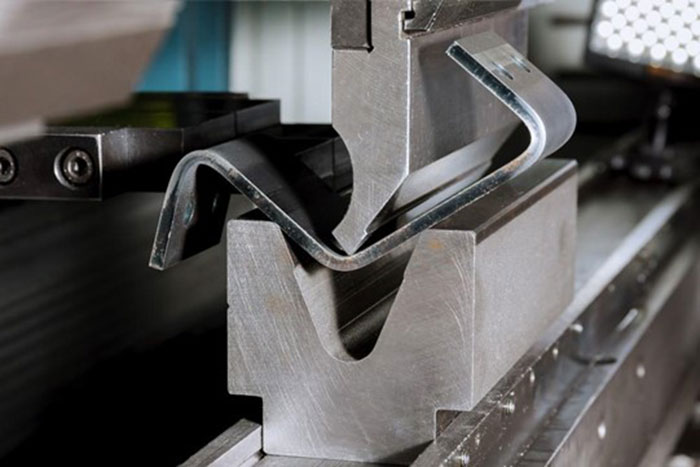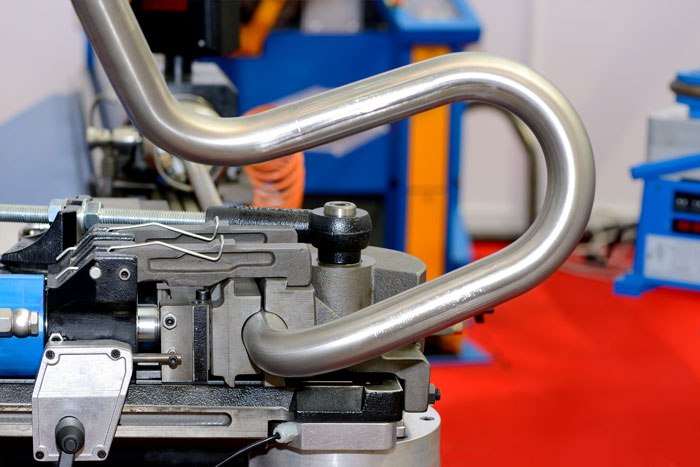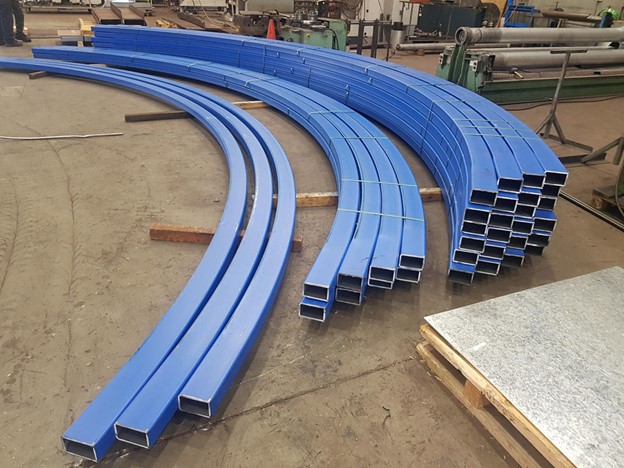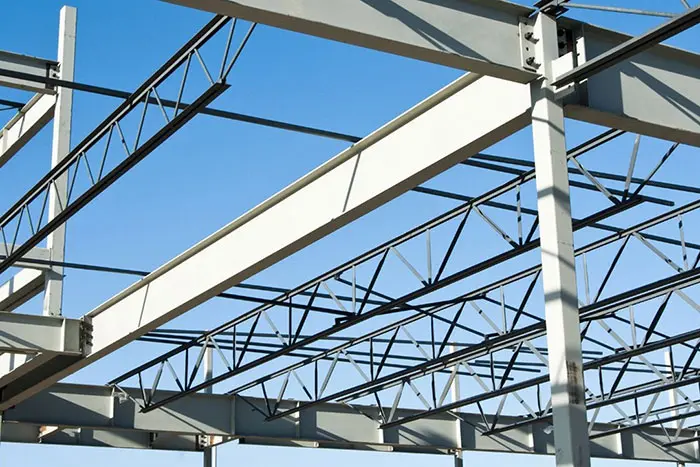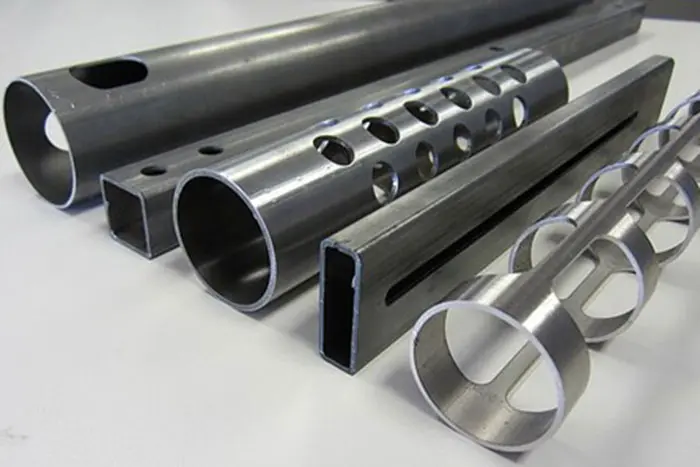The Impact of Virtual Reality on Drafting 3D Models

Virtual reality (VR) technology has revolutionized various industries, and its impact on drafting 3D models is no exception. With its ability to create immersive and interactive experiences, VR has transformed the way designers and engineers conceptualize, visualize, and collaborate on 3D models. In this article, we will explore the significant impact of virtual reality on drafting 3D models.
The Impact of Virtual Reality on Drafting 3D Models
- Enhanced Visualization and Spatial Perception: One of the key advantages of virtual reality in drafting 3D models is the ability to visualize designs in a three-dimensional space. Traditional 2D representations can often be limited in conveying the true depth and scale of a design. By using VR, designers can immerse themselves in a virtual environment where they can navigate and interact with their models as if they were physically present. This enhances spatial perception and allows for better understanding and evaluation of the design.
- Real-Time Design Iterations: Impact of Virtual Reality on Drafting 3D Models enables real-time design iterations and modifications. Designers can make changes to their 3D models and instantly view the updated design in VR. This eliminates the need for time-consuming rendering or model processing, accelerating the design process and fostering creativity. Designers can evaluate different design options and make informed decisions on the spot, leading to more efficient and optimized designs.
- Improved Collaboration and Communication: Virtual reality facilitates seamless collaboration and communication among team members involved in drafting 3D models. Multiple stakeholders can join a VR session simultaneously, regardless of their physical location. This allows for real-time discussions, reviews, and markups within the virtual environment. Designers, engineers, and clients can interact with the 3D model together, providing clearer and more efficient communication. Complex design concepts can be easily conveyed, reducing misunderstandings and ensuring everyone is on the same page.
- Immersive Design Reviews: for the Impact of Virtual Reality on Drafting 3D Models, VR enables immersive design reviews, allowing stakeholders to experience the design in a realistic and immersive manner. By wearing a VR headset, users can explore the virtual model from different angles, examine details, and simulate real-world scenarios. This immersive experience provides valuable insights into the design’s functionality, aesthetics, and ergonomics. It helps identify potential issues or improvements that may have been overlooked in traditional design reviews.
- User-Focused Design Validation: Virtual reality allows designers to validate their designs from a user’s perspective. By creating virtual simulations of how the final product will be used, designers can assess ergonomics, user interactions, and usability. This user-focused approach ensures that the design meets the requirements and expectations of end-users. VR can simulate various environments, such as architectural spaces or industrial settings, providing designers with valuable insights into the practicality and functionality of their designs.
- Cost and Time Savings: The impact of Virtual Reality on Drafting 3D Models can contribute to cost and time savings in the drafting process. By detecting design flaws or issues early on through immersive virtual simulations, costly physical prototypes can be avoided. VR allows for rapid design iterations and validation, reducing the overall design cycle time. Additionally, VR enables remote collaboration, eliminating the need for travel expenses and saving time associated with physical meetings.
- Accessibility and Inclusivity: Virtual reality promotes accessibility and inclusivity in the drafting process. With VR, designers can create virtual experiences that can be easily accessed and understood by individuals with varying levels of technical expertise. This allows non-technical stakeholders, such as clients or project managers, to actively participate in the design review process and provide valuable feedback. VR also opens up opportunities for remote collaboration, allowing designers and stakeholders to work together regardless of their geographical location.
- Training and Skill Development: Virtual reality provides a powerful tool for training and skill development in 3D model drafting. Designers can simulate complex scenarios and challenges in a virtual environment, allowing them to refine their skills and explore new techniques without the risk of costly errors. VR training programs can offer interactive tutorials, virtual workshops, and hands-on simulations to enhance the proficiency and expertise of designers. This improves overall productivity and the quality of the design output for the Impact of Virtual Reality on Drafting 3D Models.
- Sustainability and Environmental Impact of Virtual Reality on Drafting 3D Models: By leveraging virtual reality in the drafting process, designers can contribute to sustainable practices and reduce environmental impact. Virtual design reviews and simulations eliminate the need for physical prototypes, which in turn reduces material waste and energy consumption. With VR, designers can optimize their designs for energy efficiency, sustainability, and environmental performance by simulating and analyzing factors such as lighting, ventilation, and energy usage.
- Integration with Augmented Reality and Mixed Reality: Virtual reality can be integrated with other emerging technologies like augmented reality (AR) and mixed reality (MR) to further enhance the drafting process. AR overlays virtual elements onto the real world, allowing designers to visualize 3D models within their physical environment. MR combines virtual and real-world elements, enabling designers to interact with physical objects while incorporating virtual design elements. These integrations provide additional context and functionality to the drafting process, enhancing the overall design experience.
Drafting 3D Models and virtual reality

Virtual reality has had a profound impact on drafting 3D models. It enhances visualization, enables real-time design iterations, improves collaboration, facilitates immersive design reviews, enables user-focused design validation, and contributes to cost and time savings. As VR technology continues to advance, its integration with drafting software will further enhance the design process and elevate the efficiency and effectiveness of 3D model creation for the Impact of Virtual Reality on Drafting 3D Models.
You can also read Mastering the Art of Drafting 3D Models: Tips and Best Practices in tubetech for more information


